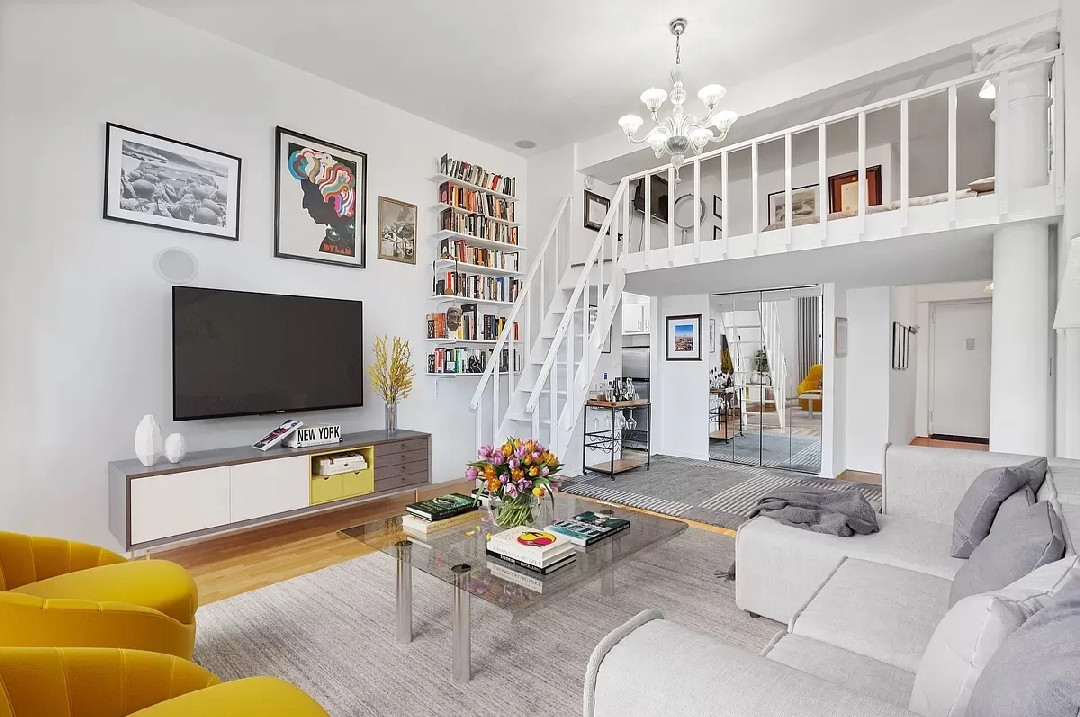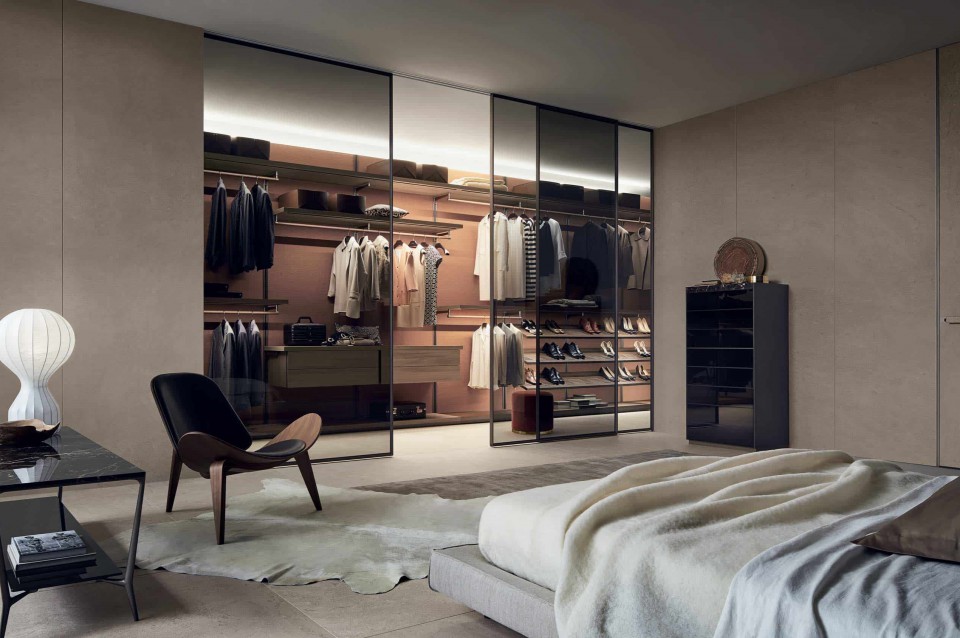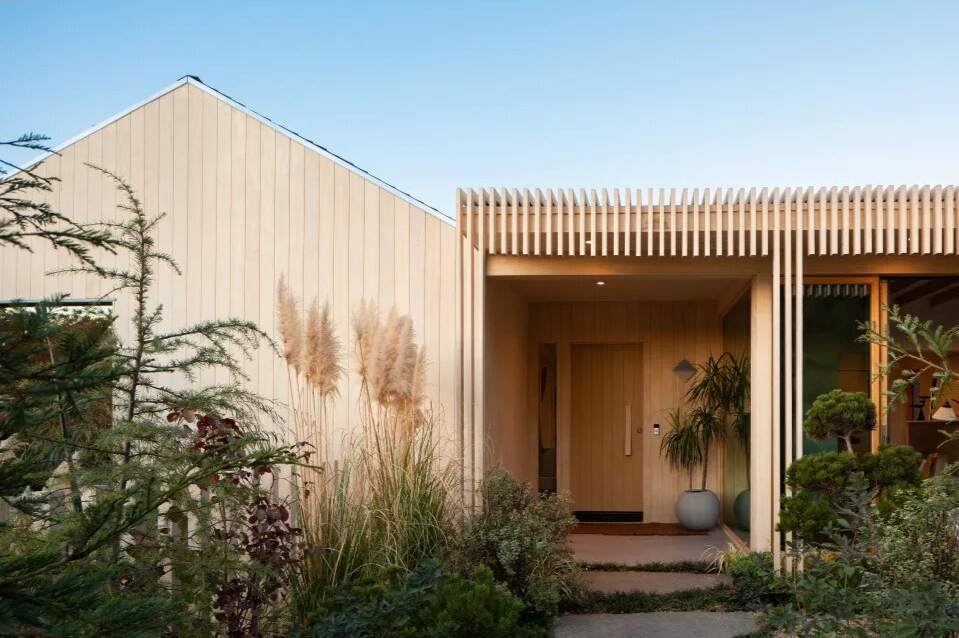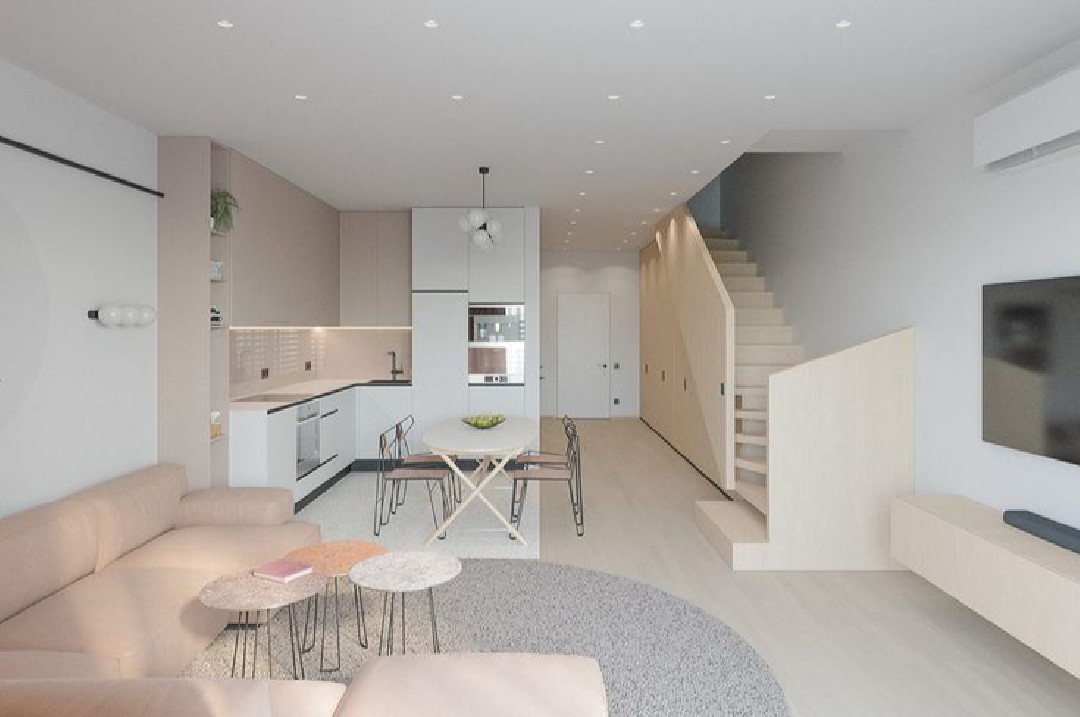Understanding the Concept of Feng Shui in Interior Design
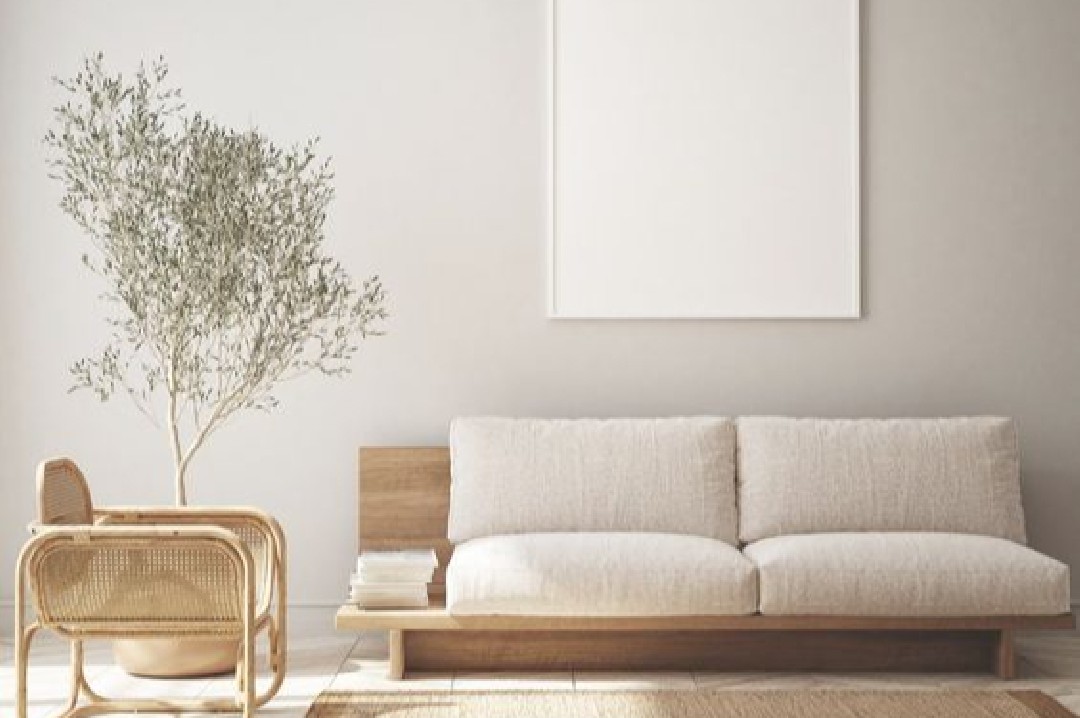
Introduction:
Feng Shui, which literally means "wind and water" in Chinese, is a philosophical system that has been applied for thousands of years to create a balance between humans and their environment. Rooted in Taoist principles, this practice views the home as a living entity influenced by the flow of energy or chi surrounding it. The primary goal of Feng Shui is to create a harmonious and balanced flow of energy within these spaces, thus supporting the health, happiness, and prosperity of its inhabitants. This includes aspects such as room layout, color and material selection, as well as furniture arrangement to create an environment that fosters luck and well-being. Therefore, a deep understanding of Feng Shui principles not only provides beautiful aesthetics in home interior design but also brings benefits to the physical, emotional, and spiritual well-being of its occupants.
The application of Feng Shui in interior design also involves a deep understanding of the relationship between humans and their environment. This includes an understanding of how energy can flow freely within a room, as well as how to utilize natural elements such as sunlight, fresh air, and natural landscapes to create an environment that supports well-being. Additionally, Feng Shui emphasizes the importance of removing or remedying negative energy "blocks" that may obstruct the flow of positive chi within the home. Thus, the application of Feng Shui principles is not just about visual aesthetics but also about creating an environment that nurtures and stimulates the overall human existence.
1. Room Layout

Room layout in Feng Shui not only involves the physical placement of each room within the home but also considers the direction and flow of energy surrounding it. For example, placing the living room at the front of the house with a wide and open entrance can create an inviting flow of energy, allowing positive chi to enter the home. On the other hand, avoiding placing the front door directly facing stairs or a bathroom, which are considered places with negative energy, can help prevent energy leaks that disrupt balance within the home. Additionally, Feng Shui principles suggest paying attention to the direction and orientation of rooms, such as placing the bedroom in a quiet and sheltered area away from external disturbances to support good sleep quality and promote peace within the home. By paying attention to such details in room layout, you can create an environment that nurtures and supports a positive energy balance within your home.
2. Color and Material

Color and material play a central role in creating atmosphere and energy within a room according to Feng Shui principles. Each color has a unique energy frequency, and its smart use can influence the mood and emotions of home occupants. For example, green is often associated with growth, balance, and health, making it suitable for use in family rooms or areas where social interaction often occurs. Blue, with its calming and cooling properties, is often recommended for bedrooms to create an atmosphere that supports peaceful and restful sleep. On the other hand, energetic red can be used judiciously in accents or small details to enhance vitality and spirit in a workspace or other active areas. In addition to color, material selection also has a significant impact in Feng Shui. Natural materials such as wood, which is considered to have warm and growth-supporting energy, are often used to create a warm and inviting atmosphere. Metal, with its strong and durable properties, can provide stability and strength in interior design. Meanwhile, stone, with its solid and grounding characteristics, is often used to create a stable and strong foundation in Feng Shui. By considering the right combination of colors and materials, you can create a balanced and supportive space for the occupants' well-being.

In addition to color and material selection, Feng Shui principles also emphasize the importance of harmony between elements within a room. This includes selecting furniture, accessories, and decorations that align with the overall theme of the room and create visual harmony. For example, choosing furniture with simple designs and balanced proportions can create an impression of spaciousness and order, supporting smooth energy flow. Additionally, avoiding excessive use of accessories or decorations can help maintain simplicity and peace within the room. By paying attention to the harmony between colors, materials, furniture, and decorations, you can create a space that is not only visually pleasing but also flows with harmonious energy that supports well-being.
3. Furniture Arrangement

Furniture arrangement plays a crucial role in creating energy balance within a room according to Feng Shui principles. One basic principle in furniture arrangement is to consider the position and orientation of each furniture element to create optimal energy flow. For example, in bedroom design, placing the bed so that it has a direct view of the bedroom door is considered important for maintaining the health and well-being of the occupants. This is believed to provide a sense of security and control over the surrounding environment, which can improve sleep quality and provide a more peaceful resting experience. Additionally, paying attention to empty space around furniture is also important in creating smooth energy flow. Avoiding clutter or blockages around furniture can help ensure that positive chi or energy can flow freely around the room, enhancing the comfort and productivity of the occupants. Thus, by paying attention to wise furniture placement and following Feng Shui principles, you can create a space that is not only physically comfortable but also radiates harmony and balance that supports the well-being of home occupants.
4. Lighting and Ventilation

Lighting and ventilation are two important aspects to consider in interior design according to Feng Shui principles. Sufficient and appropriate lighting can have a significant impact on the atmosphere within a room and the well-being of its occupants. Natural sunlight is considered the most ideal source of energy in Feng Shui, as it has mood-enhancing effects and promotes human well-being. Therefore, it is important to ensure that rooms are designed with consideration for natural lighting as much as possible, for example by placing large windows in main living spaces or considering the direction of sunlight when designing room layouts. Additionally, artificial lighting should also be chosen wisely, considering brightness, color, and direction of lighting that can create a pleasant and calming atmosphere within the room. With good lighting, you can create a welcoming and inviting environment, as well as enhance the flow of positive energy within the home.

In addition to lighting, good ventilation is also a key component in creating a healthy and harmonious environment according to Feng Shui principles. Adequate ventilation allows for a fresh and healthy flow of energy within the home, bringing in clean air and eliminating negative energy that may accumulate within the room. One way to improve ventilation is by ensuring effective cross ventilation within the home, allowing fresh air to flow freely from one area to another. Additionally, paying attention to the position and orientation of windows and doors can also help improve airflow within the home. By ensuring that your home has sufficient lighting and adequate ventilation, you can create a healthy, fresh, and inviting environment that supports the well-being and harmony of home occupants.
5. Cleaning and Maintenance

Regularly cleaning and maintaining the cleanliness of the home is a practice highly emphasized in Feng Shui because it has a direct impact on the flow of energy within the home. A dirty or cluttered home tends to block the flow of positive energy, creating blockages or obstacles that may disrupt balance within the room. According to Feng Shui principles, positive chi energy should be able to flow freely around the rooms within the home to create an environment that supports well-being and happiness. Therefore, maintaining cleanliness and tidiness in the home is an important step in maintaining smooth energy flow. This includes cleaning dust and dirt regularly, storing items neatly and orderly, and avoiding the accumulation of unnecessary items. By practicing regular cleaning and maintenance of the home, you not only create a physically clean and comfortable environment but also ensure that positive energy can flow smoothly, creating an atmosphere that supports the well-being and happiness of home occupants.
Conclusion
Understanding and applying the concept of Feng Shui in your home interior design can bring significant benefits to your well-being and happiness. By considering room layout, color and material, furniture arrangement, lighting and ventilation, and cleanliness, you can create a harmonious and supportive environment within your home. By paying attention to Feng Shui principles, you can create a space that is not only visually beautiful but also flows with positive energy that enhances your quality of life.


